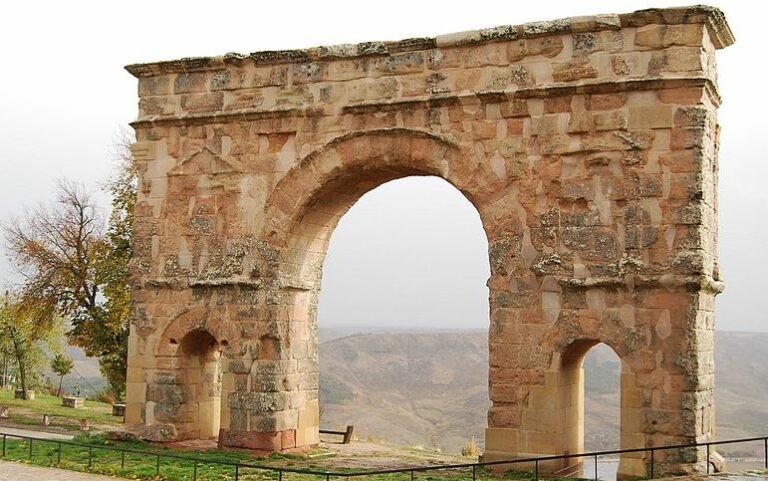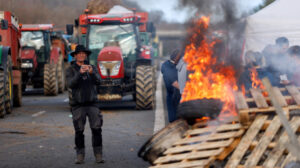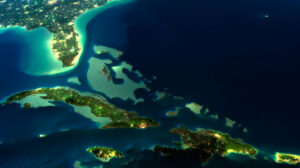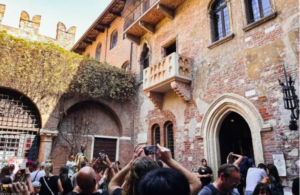According to a report in El País, excavations of a public building from the Roman-era port of Hispalis—now modern Seville—suggest that sometime between the years A.D. 197 and 225, a massive tsunami that began in the Bay of Cadiz landed in southern Spain, destroying coastal settlements and overwhelming everything in its path.
The ensuing flooding reached Seville, located more than 25 miles inland at the time, where it caused the collapse of a commercial warehouse located in the city’s outskirts. The site of the building, which is thought to have been in some way related to Hispalis’s booming export trade in foodstuffs such as olive oil, is now located in the Patio de Banderas, a public square adjacent to Seville’s main cathedral. Archaeologists excavating the Patio de Banderas between 2009 and 2014 uncovered evidence for urban occupation from between the ninth century B.C. and the thirteenth century A.D., but singled out the Roman-era commercial building, which was organized around a central courtyard and featured a gallery of columns at its southern end. Analyzing the ruins, they concluded that the structure had been renovated and repaired multiple times during the first century A.D.
Especially during the early third century A.D., it appeared to have suffered widespread damage. Using a multidisciplinary method, including radiocarbon dating, micromorphology, micropaleontology, and mass spectrometry, the team identified deposits consisting of sand, silt, and shell, materials that they believe must have been transported to the site and trapped there by the violent tsunami event.
source archaeology.org
Ask me anything
Explore related questions





